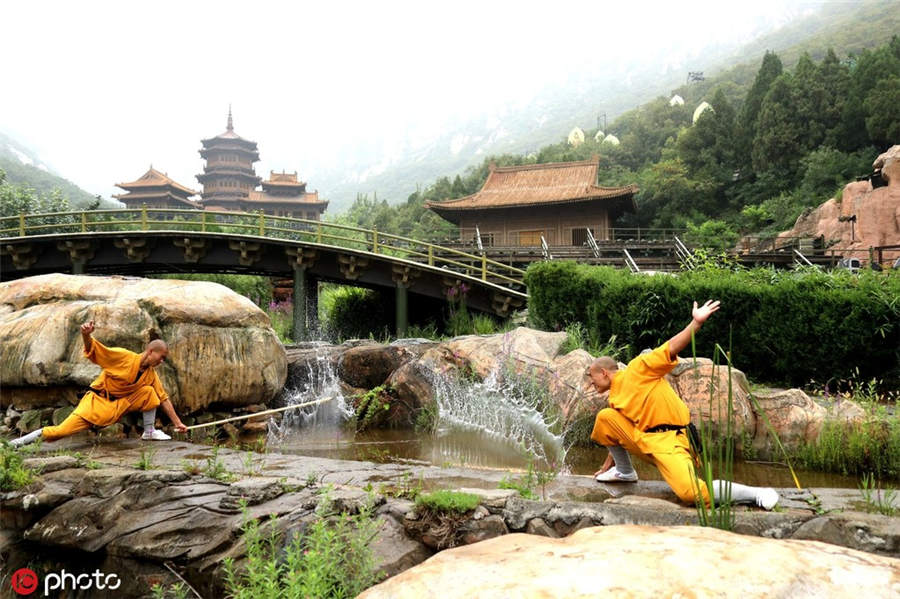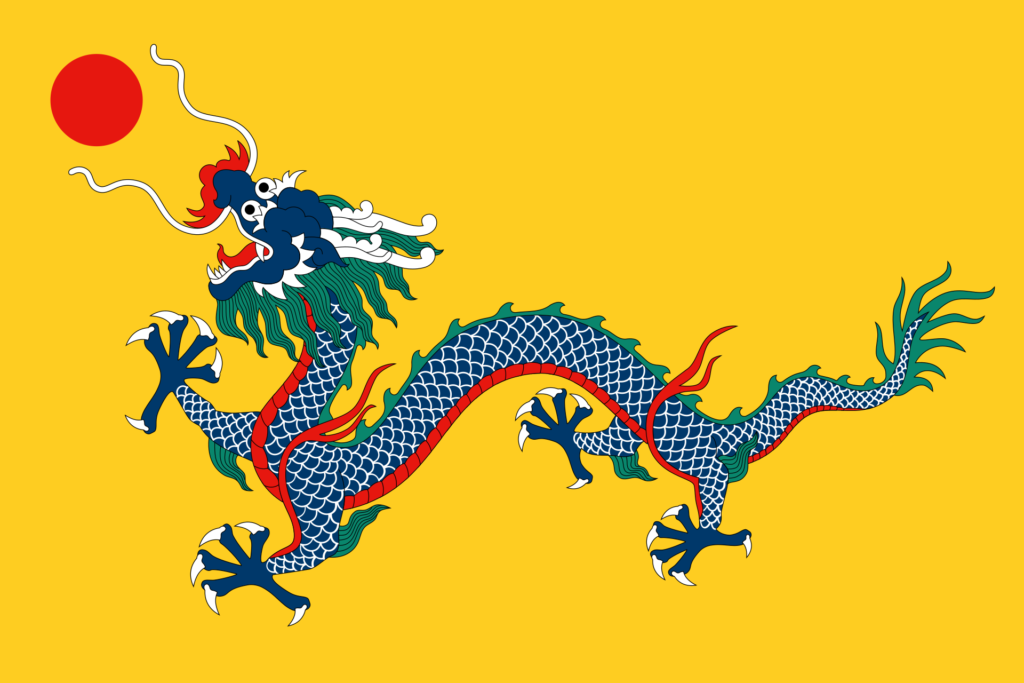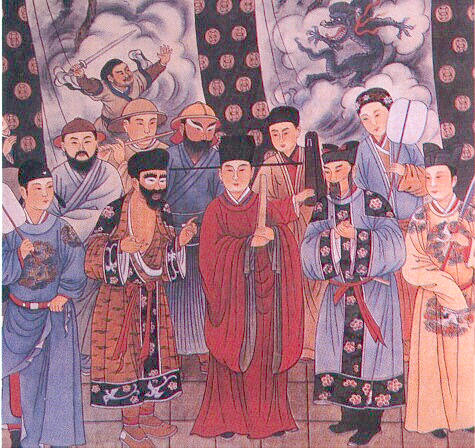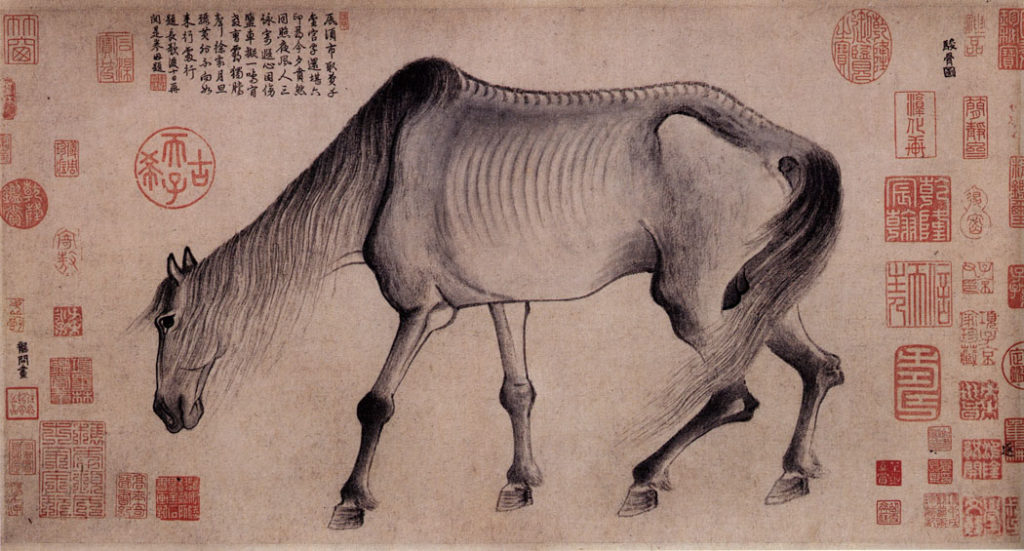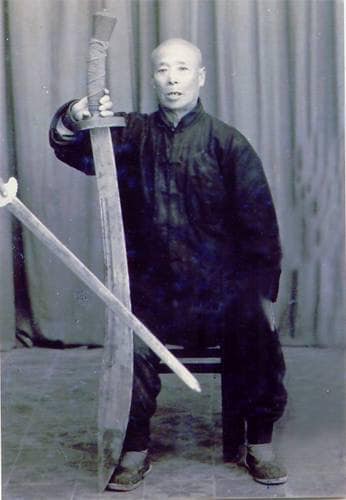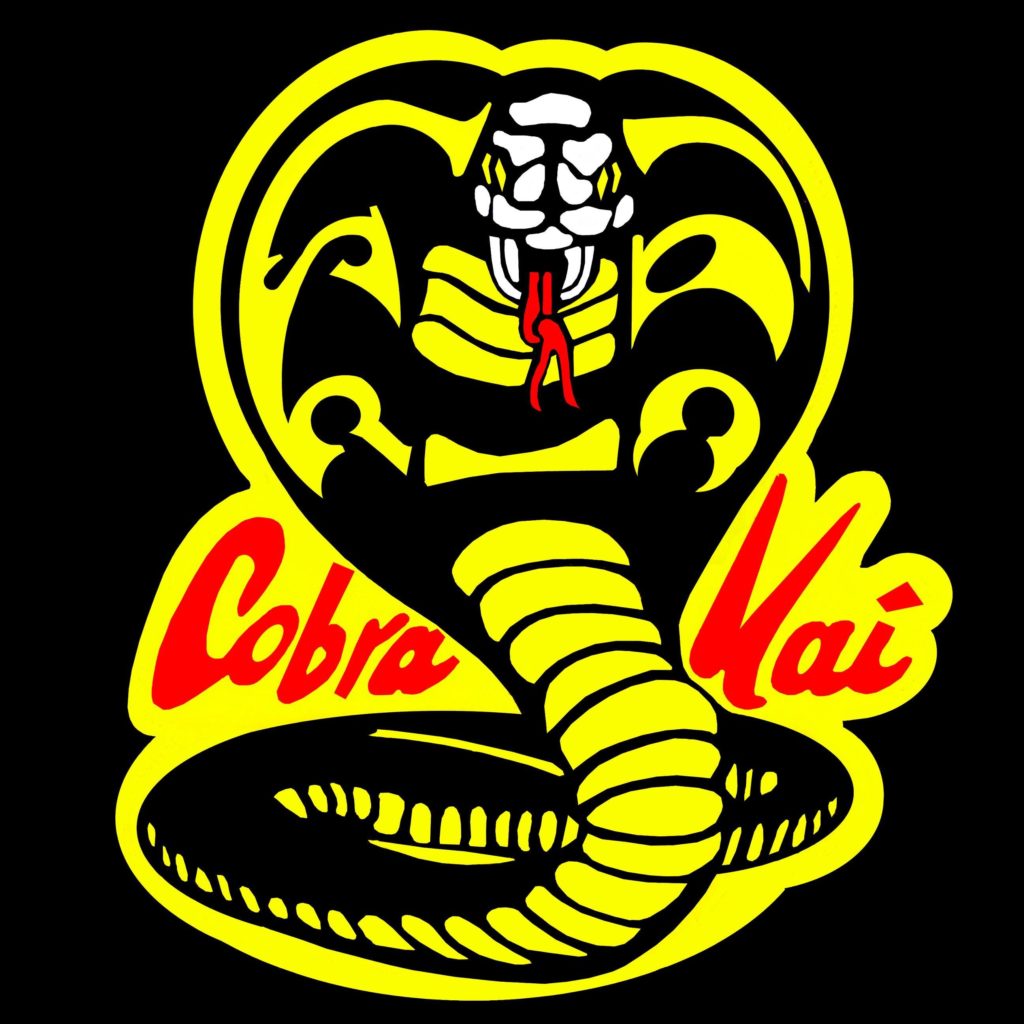#97 Baji

This episode follows on from Episode 26 of Graham’s Tai Chi Notebook Podcast in which he interviews Woven Energy patrons Rikard Elofsson and Miika Wikberg about the little-known martial art of Baji. We discuss the possibility that the Baji Xiaojia is the most perfectly balanced form from any martial art – “Xiaojia is more Tai Chi than Tai Chi”, and look in a bit more detail at the history, technique, strategy and background to this subtle and robust martial arts style.
Graham, Miika and Rikard’s original episode can be found here.
